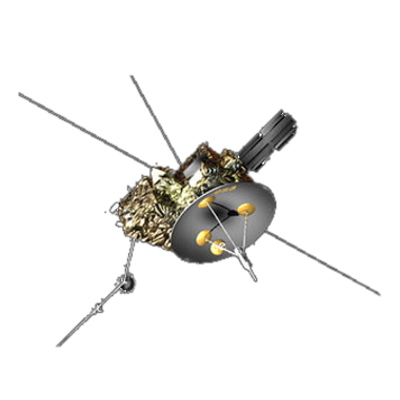Ulysses HISCALE Data Analysis Handbook
Appendix 5. Running the LAN Production
Document revision 8/20/85
Program ARCSTAT reads and displays records from the instrument status data base. These records were generated by ARCGEN data processing and then merged into the database by STATMRG. The user can select from two display formats, one for displaying entire records and one for showing at a glance the changes to the digital status.
ARCSTAT operates in either "Console" or "Printer" modes which are selected by 'C' and 'P' respectively. In Console mode, output is formatted for an 80 by 25 screen and the user is prompted each time the screen is filled. In Printer mode, output is formatted for a 132 character wide printer and no user prompts are required.
Selecting start and end times is facilitated by the use of defaults. Whenever a start time is given to the program, it will be the default selection next time. The end time always defaults to 1 week after the start time. For example:
Enter start time (def=1984/326/19:50:00)
>1984/326/23:40:00
Enter end time (def=1984/333/23:40:00) >
To run ARCSTAT with console output type
% ARCSTAT
To run ARCSTAT with printer output, first send the output to a file then print that file later as follows:
% ARCSTAT >ASOUT . . .
% print ASOUT
Example
% arcstat
Status Data Display Program v7-9-85
ARCSTAT COMMAND LIST :
D : Display Entire Records
B : Binary Dump Digital Status
C : Console output format (now ON )
P : Printer output format (now OFF )
E : End


Programming Level
Files needed to create ARCSTAT are :
| arcstat.f | ARCSTAT program |
| statfns.f | Status utility routines |
| statblk.inc | Status record definition |
| timcon.f | Time code converter |
| util.f | General Utility routines |
| Makefile | Input file to UNIX 'make' utility to produce ARCGEN production programs |
Files needed to run ARCSTAT are :
| STATLOG.DAT | Status Log File |
| ISTAT.DAT | Analog housekeeping conversion factors |
Routines in arcstat.f:
1. program arcstat
Interacts with user to determine which function to perform, etc. Calls one of the following functions depending upon the response.
2. subroutine dumprt( otype )
This routine prints out all the information contained in each status record between a start and an end time. If in the console mode, it will pause after each record and wait for the user to strike a key.
3. subroutine dumbin( otype )
This routine displays in binary the 6 bytes of digital status for the status records between a selected start and end times. A user option allows for displaying only records which are different from the one previously displayed.
4. subroutine askse( st,et,timend, unit )
This routine is used to establish the starting and ending times the user wants to select. The start time defaults to the last start time used and the end time always defaults to 1 week after the start time. Before leaving, the routine positions the status data base to the start time so the next call to getstat will return that data. Timend is set to the end time converted to seconds since 1950. If no data exists for the period, timend is zeroed and a message is displayed.
Routines in statfns.f:
1. integer function opnstat( unit, itime )
Opnstat opens the status database on a specified unit to a given time. It opens a file which has data on or after itime and returns the record number within that file. If opnstat has any problems, such as not being able to find such a time in the status data, it will return 0.
2. integer function srcstat( unit, time )
Srcstat is a search function which searches a file on logical unit 'unit' for a time greater or equal to 'time'. Note: 'time' is in seconds since 1950 (use sec1950(itime)). It returns 0 if no data exists, else it returns the record number within the file for the data.
3. integer function getstat( unit, irec )
Getstat reads a record from the logical unit into the status data common. Irec is an input parameter which, if nonzero, dictates the record number of the file to read. If zero, the next record is read in sequential style.
Thus, using a combination of opnstat and getstat (with irec=0), one can read the entire status database.
4. subroutine prtstat
Prtstat prints out the data in a status data record to the standard output logical unit using data in the status data common.
5. subroutine inistat( unit )
Inistat reads the ISTAT.DAT data file to get the conversion coefficients for the analog values. It uses 'unit' to read the file.
Routines in timcon.f:
See ARCGEN section.
Routines in util.f:
See ARCGEN section.
Next: A5.5 ARCSYN
Return to Appendix 5 Table of Contents Page
Return to HISCALE List of Appendices
Return to Ulysses HISCALE Data Analysis Handbook Table of Contents
Updated 8/8/19, Cameron Crane
QUICK FACTS
Mission End Date: June 30, 2009
Destination: The inner heliosphere of the sun away from the ecliptic plane
Orbit: Elliptical orbit transversing the polar regions of the sun outside of the ecliptic plane



